“The exploration of culture is the exploration of the self. Culture is the lens
through which we see the world. Through exploration of cultural identity, our own
and others, we are widening the scope of our cultural lens, while sharpening
its resolution to see the world from a more vivid perspective.”
——Anthony Mulson
Middle School Director of Teaching and Learning / Humanities Teacher
At the core of the Pao School’s vision is to cultivate students who will eventually become global citizens whilst acting as an ambassador for their own home culture. However, in the pursuit of this, what skills do students need to learn? What knowledge should teachers impart? Though what goes into making a “global citizen” can be hard to consolidate into a simple list, one key aspect is the ability to reflect analytically on culture. In order to operate on a global platform, students must first develop self-awareness of their own identity and cultural background, which will then allow them to appreciate cultures different to their own and work alongside others regardless of their nationality.
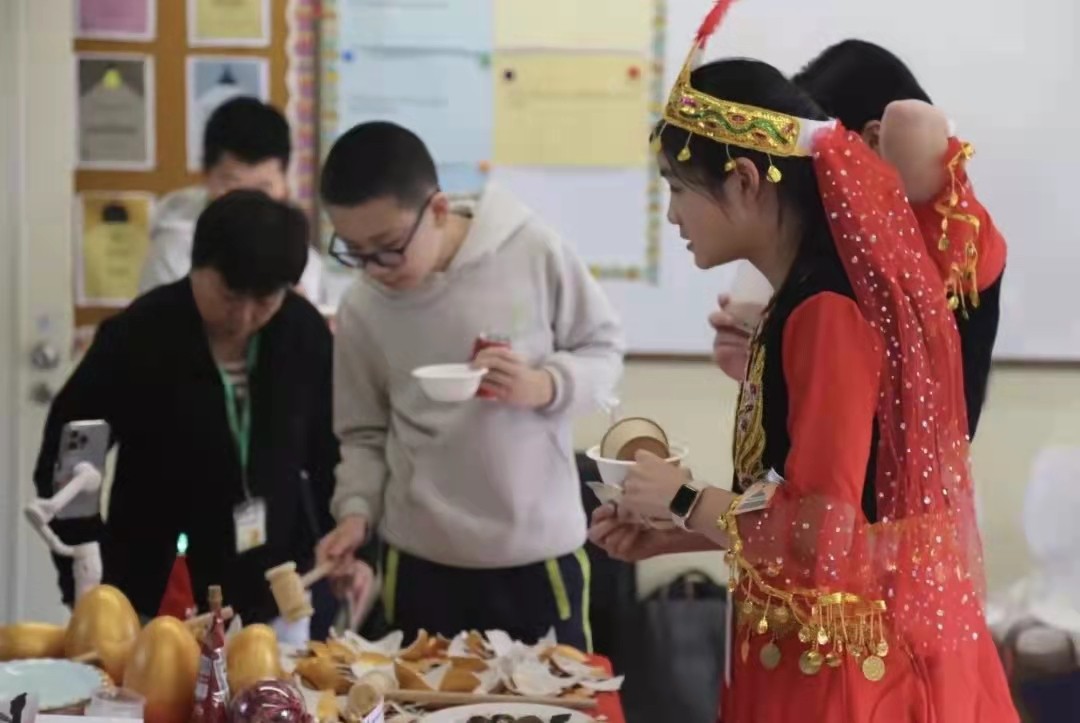
In December, the Middle School explored culture during its annual Global Perspectives Week (GPW). Organised by the Humanities Department, the celebrations give a chance for students to gain a greater sense of the ‘the world as a whole’ and enables them to understand the history, trends, challenges and opportunities of world development.
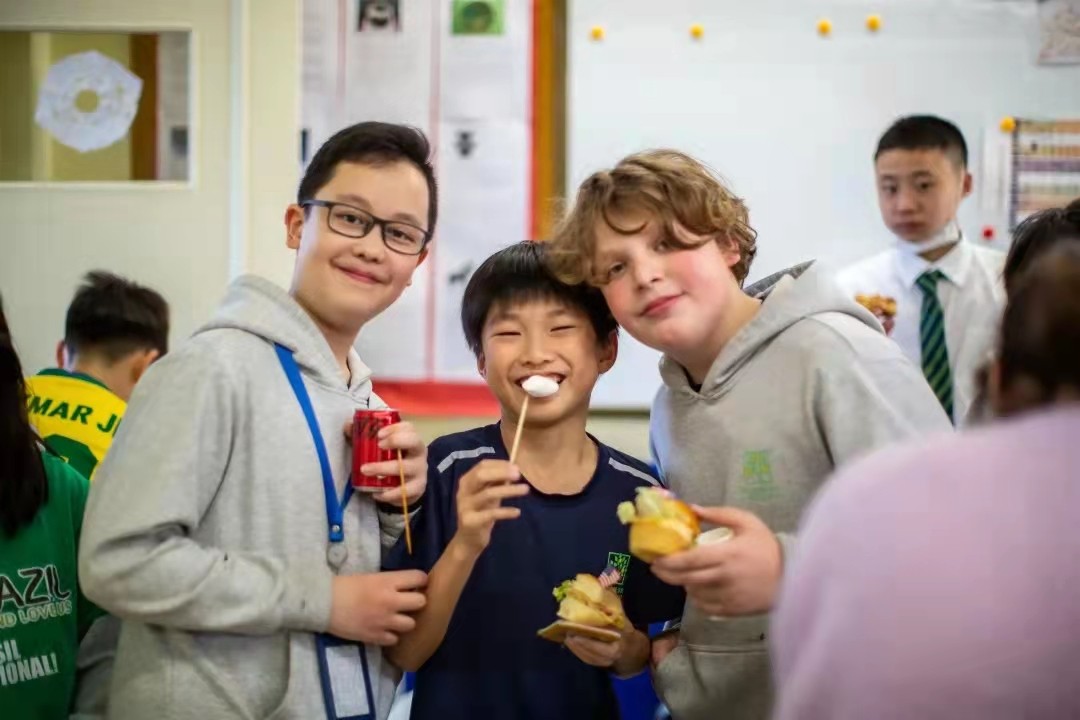
This year, the event opened with a fashion show showcasing different cultural clothing from around the world, Chinese minority clothing and Chinese traditional clothing.
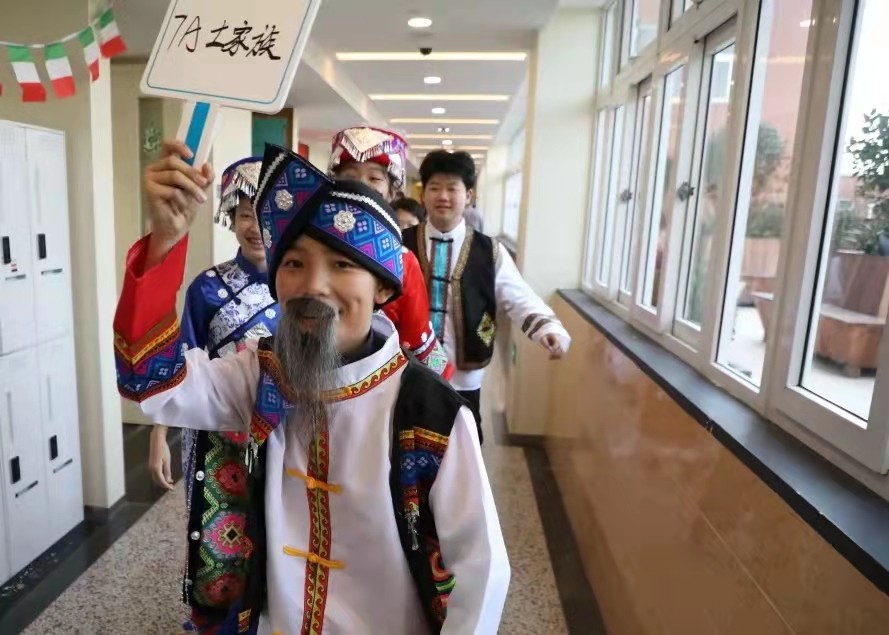
Before the event, Year 6 students decorated their classrooms to highlight the cultures of different countries. For example, one classroom was transformed into an Air Canada aeroplane cabin. When other teachers and students “boarded” the plane, they were introduced to the culture, history and customs of Canada.
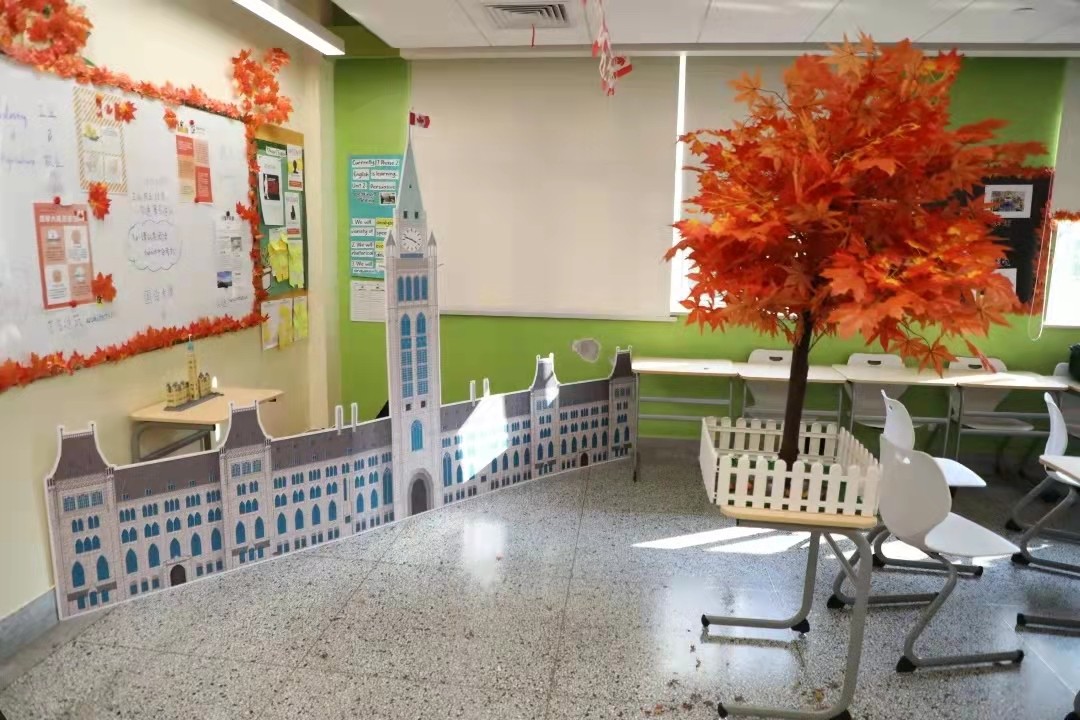
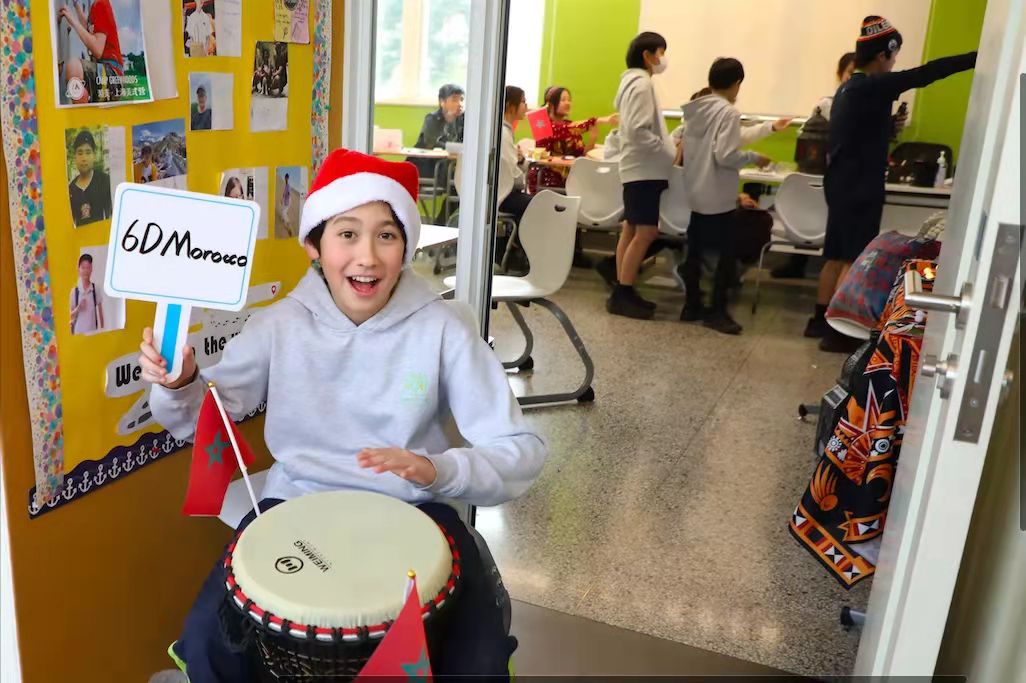
Students from Year 8 and visiting Year 9s from Songjiang competed with each other in a debate.
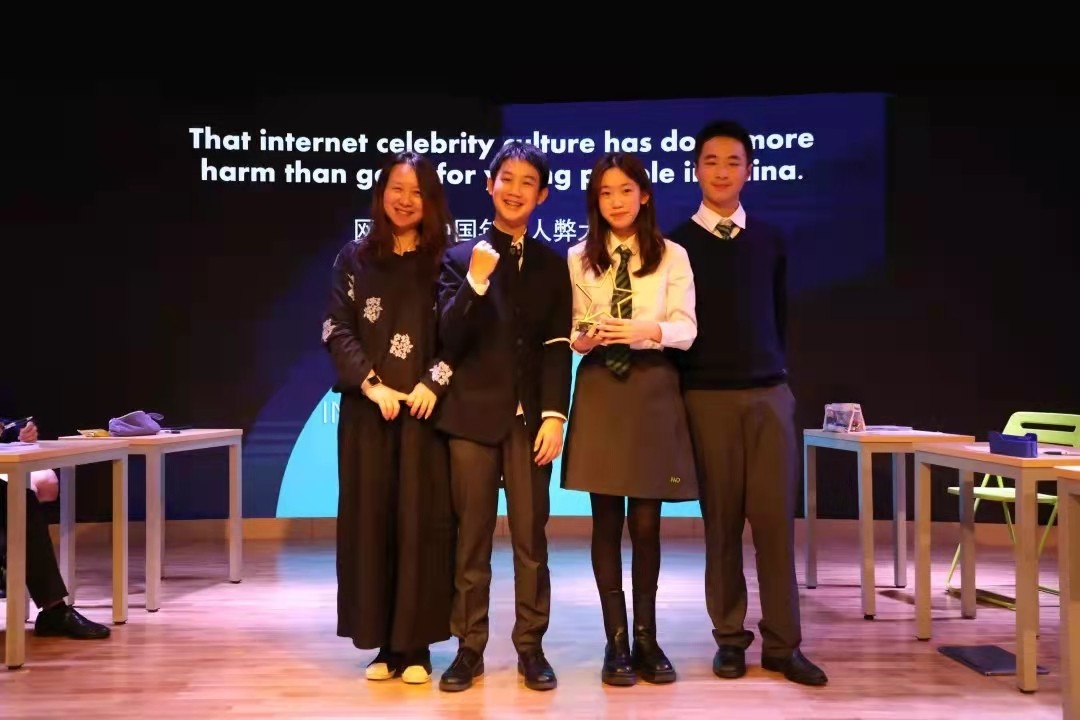
Global Perspectives Day didn’t just involve the students, parent volunteers provided special food dishes and souvenirs for “tourists” visiting each “country” in the different classrooms.
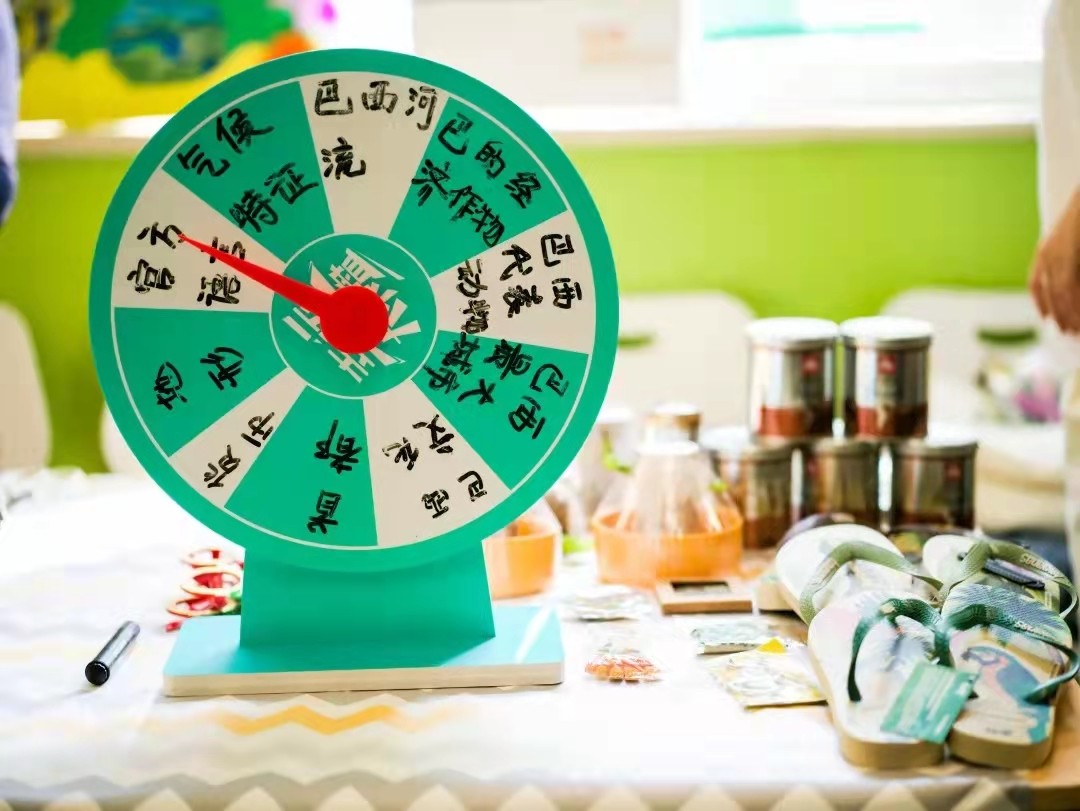
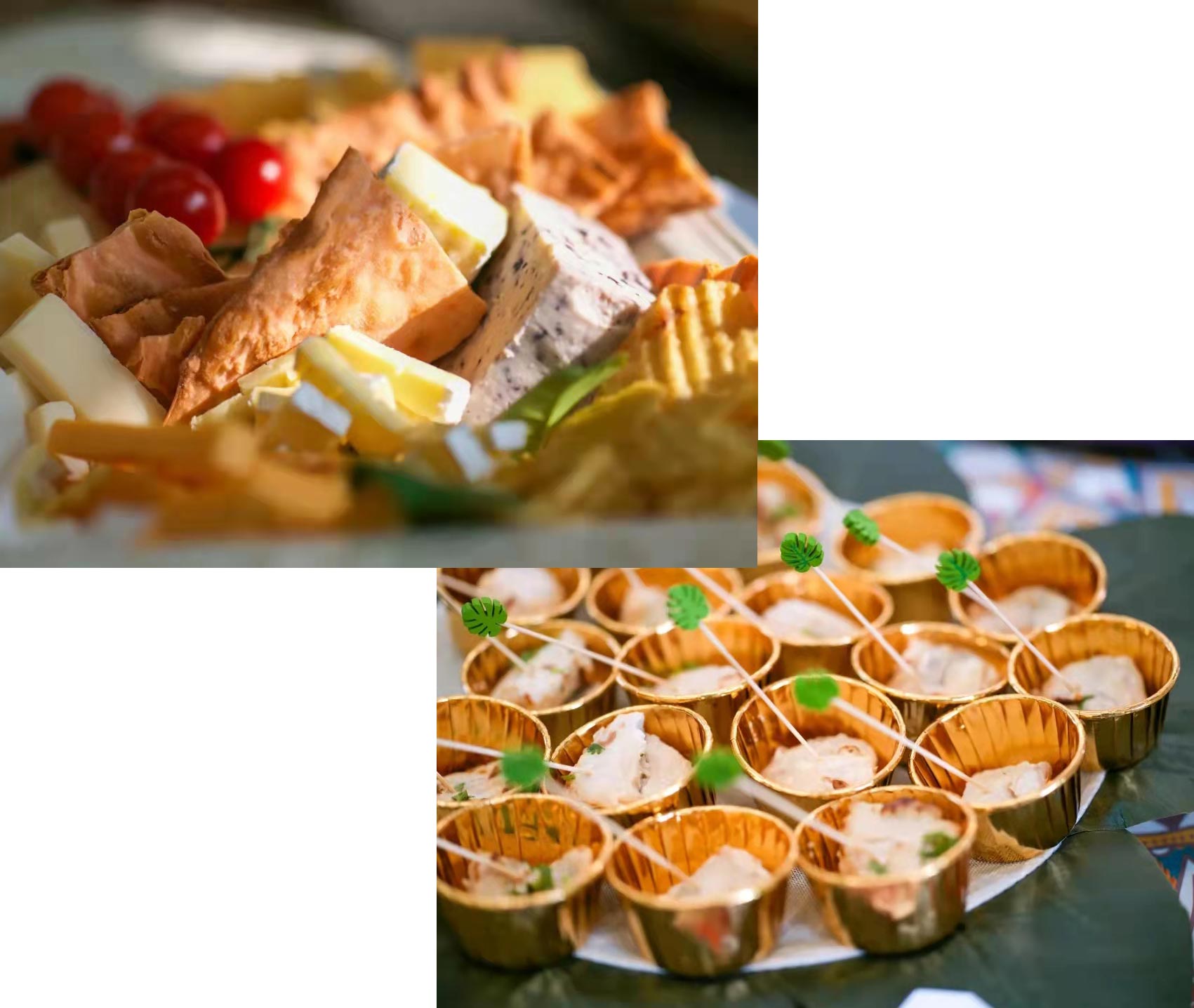
During the day, students also watched a series of excellent culture-themed videos that were made recently in a project for history by Year 7 students. At middle school, the humanities programme follows the Chinese National Curriculum and is designed to enable students to understand the world around them, the environment in which they live, culture, history, and the concepts behind culture and history. As such, in the project students had been tasked with explaining how a city's culture shapes the identity of its residents, alongside investigating how culture affects thoughts and behavior. Throughout the process, students needed to research their chosen city, write an essay on the city’s characteristics, and design a visual project (such as a video, painting, or diorama) in a medium chosen by themselves.
One of the most important parts of the project was to consider different aspects of culture. Therefore, students looked into a number of different characteristics, such as language, literature, family roles, aesthetics, and core values. In considering the origin and impact of these characteristics, students gained a greater understanding of how the aspects of culture influence one another and how they are formed and solidified over time.
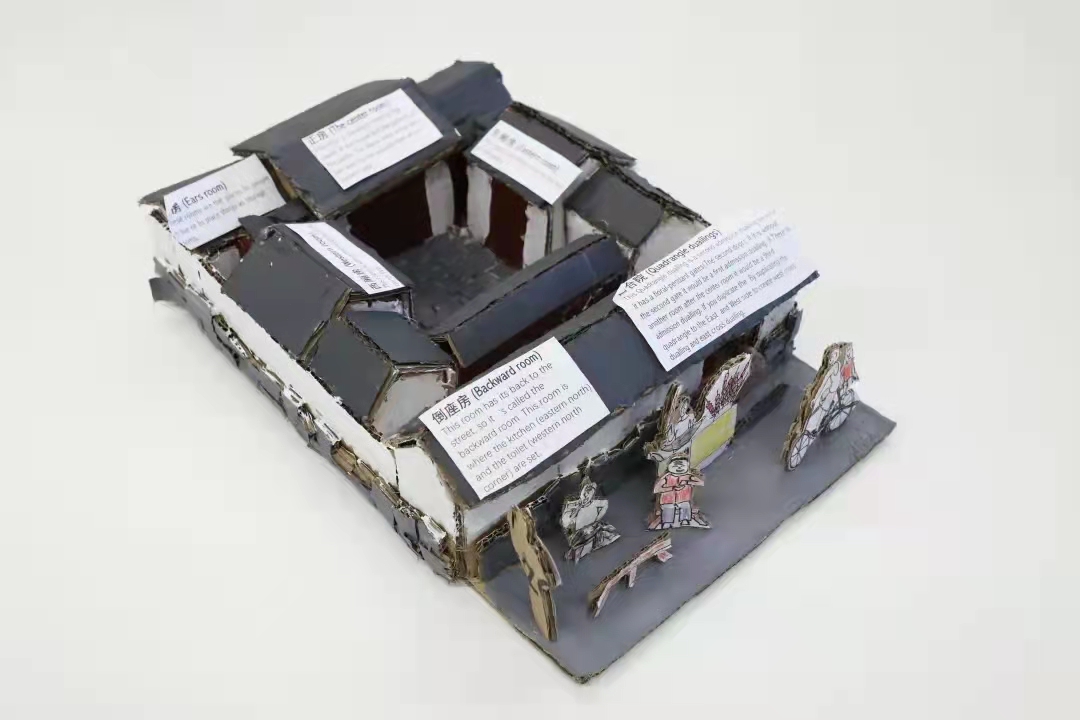
Project by Ricky (Y7)
Students chose to complete their projects on cities from across the world, including places like Rio de Janeiro, Tokyo and London. A number of students also chose to research about places closer to home, delving deep into the culture and history of cities across China. Through using sources such as websites, books and speaking to family members, the students drew upon and developed a number of key research skills.
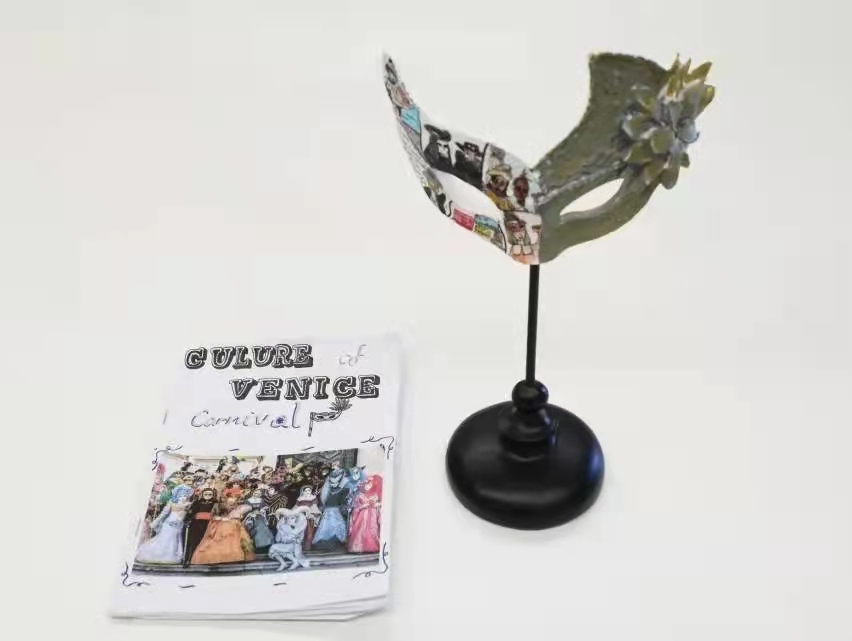
Project by Lucy (Y7)
Alongside conducting their own research, students had the opportunity to flex their language skills. Though the students had to complete the project in English, they would often use Mandarin or their home dialect to collect information. The reason for completing the initial research in Chinese was multi-faceted, but in particular students often found that it was challenging to source accurate and in-depth English language information about smaller Chinese cities. However, as Pao School students are comfortable working with both English and Chinese, this posed no barrier to their research. Through this, students were not only researchers, but at times interpreted aspects of Chinese culture that has seldom been explored in English language sources.
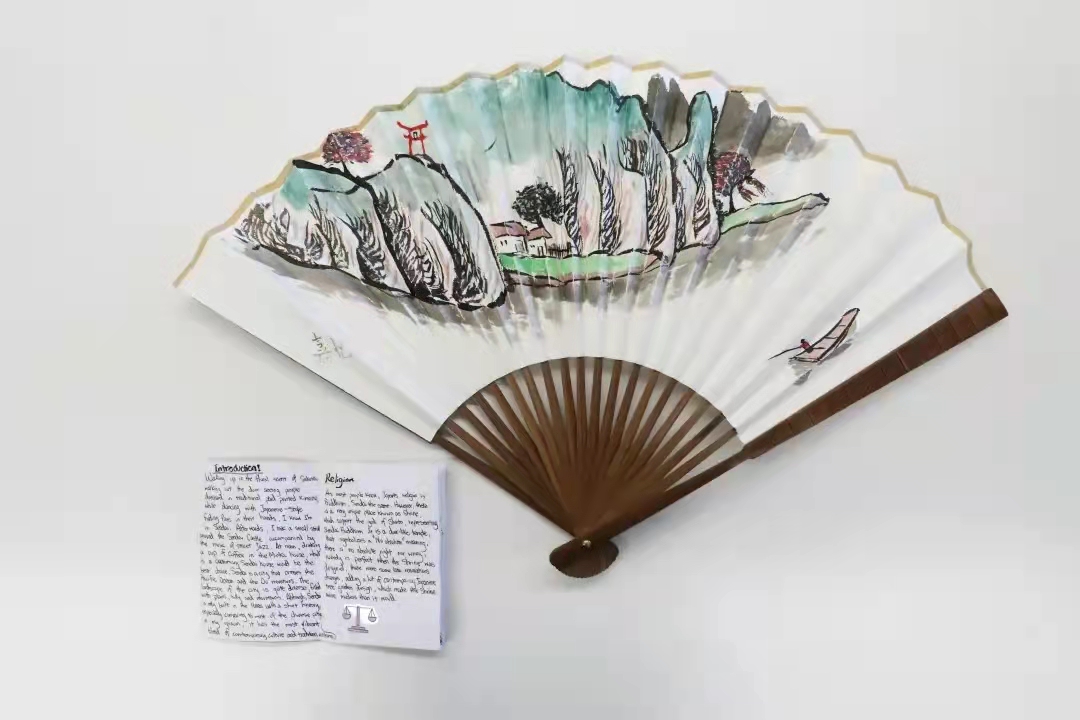
Project by Sophia (Y7)
For those investigating their hometown, the project presented a unique opportunity to collect primary accounts of their city’s culture and history from family members. Through this, students could connect more deeply with their family’s cultural background, understand the history and cultural nuances that contribute to their own identity, and appreciate their own culture within the wider context of how culture is defined and formed. At times, students were interviewing family members in their home dialect, allowing them to then reflect upon the information in terms of the wider culture of China and Chinese language, before finally being translated into English.
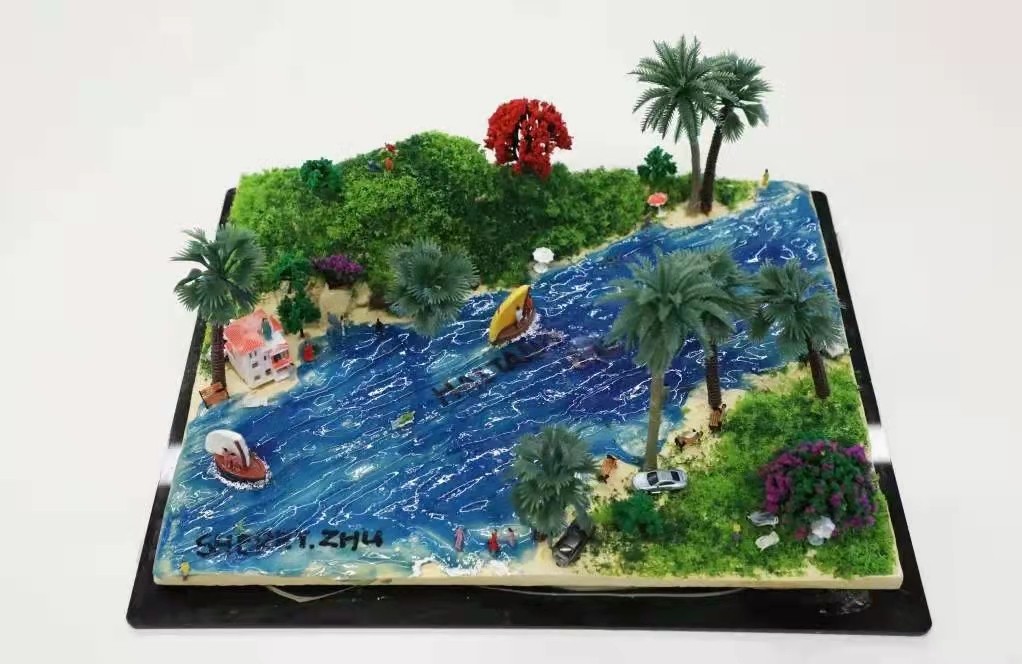
Project by Sherry (Y7)
Sarah Y7 |Nantong
“Because of this project, I can promote my ancestral culture to others!”
—— Sarah Y7
For her project, Sarah decided to write about her hometown of Nantong in Jiangsu province. In her research, she delved into a number of different aspects of Nantongese culture, including the geographical culture, language, customs, food, clothing and Tongzi opera – a type of regional Chinese opera sung in Nantong dialect. Alongside creating a 14-page booklet on Nantong, Sarah also painted a poster to represent the city. She chose to complete the project on Nantong as it is her hometown and says she “feels a sense of belonging” to the city.
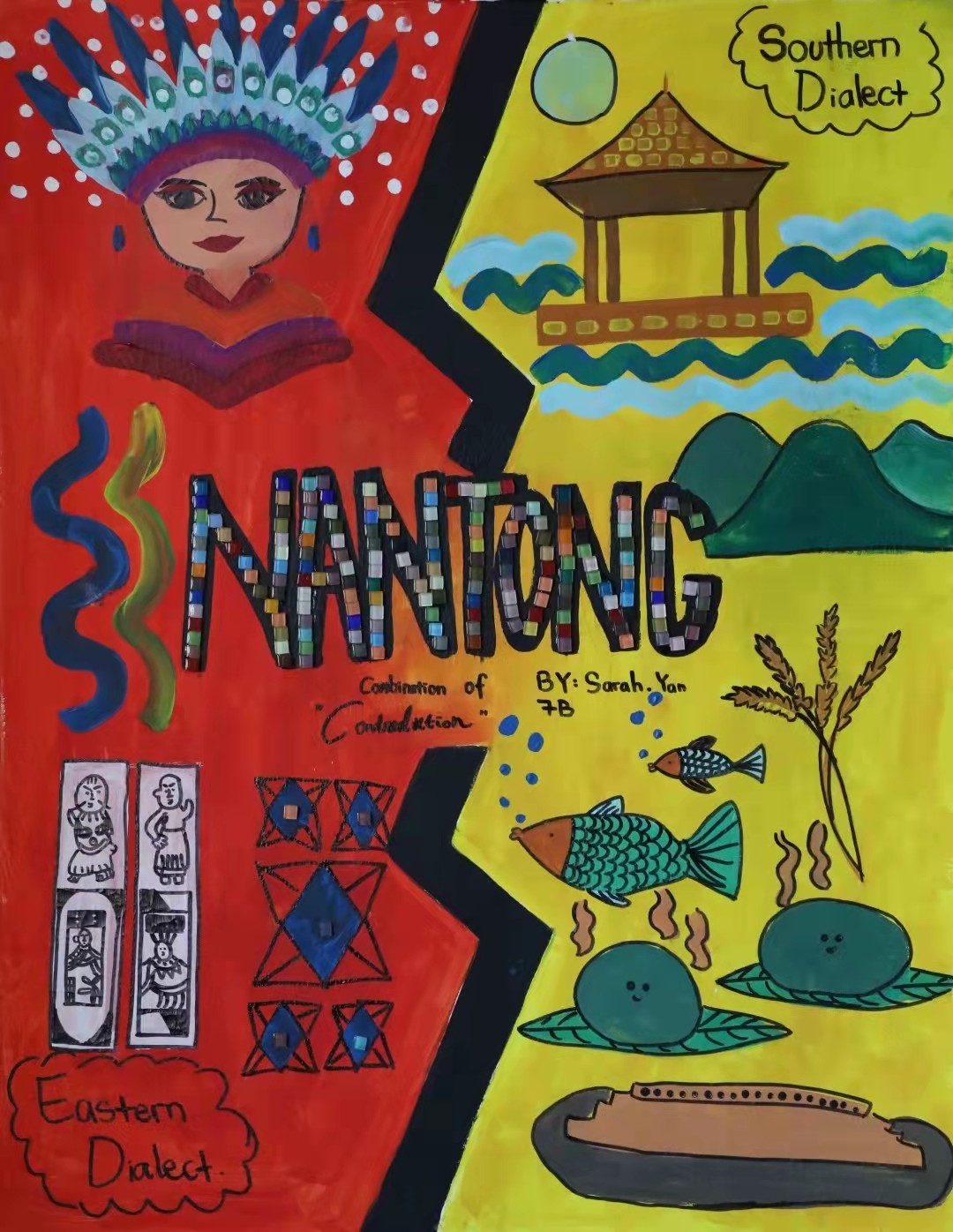
As Nantong is Sarah’s ancestral home, she was able her family members – especially her grandparents – to collect information about Nantong’s culture and history. However, Sarah says, this was not without challenge: “The process was very difficult, as there were many important words that they only knew how to say in Nantong dialect. However, with the help of my parents, I was able to find a way to translate.”
Sarah has learned a lot from this project. As well as understanding more about Nantong and her family’s cultural origins, she has learned how to search for information, how to analyse culture, how to make articles more informative and how to complete a project bilingually. Aside from the benefits of skill development, she is also happy to be able to use her abilities to proudly represent and promote her culture to others.
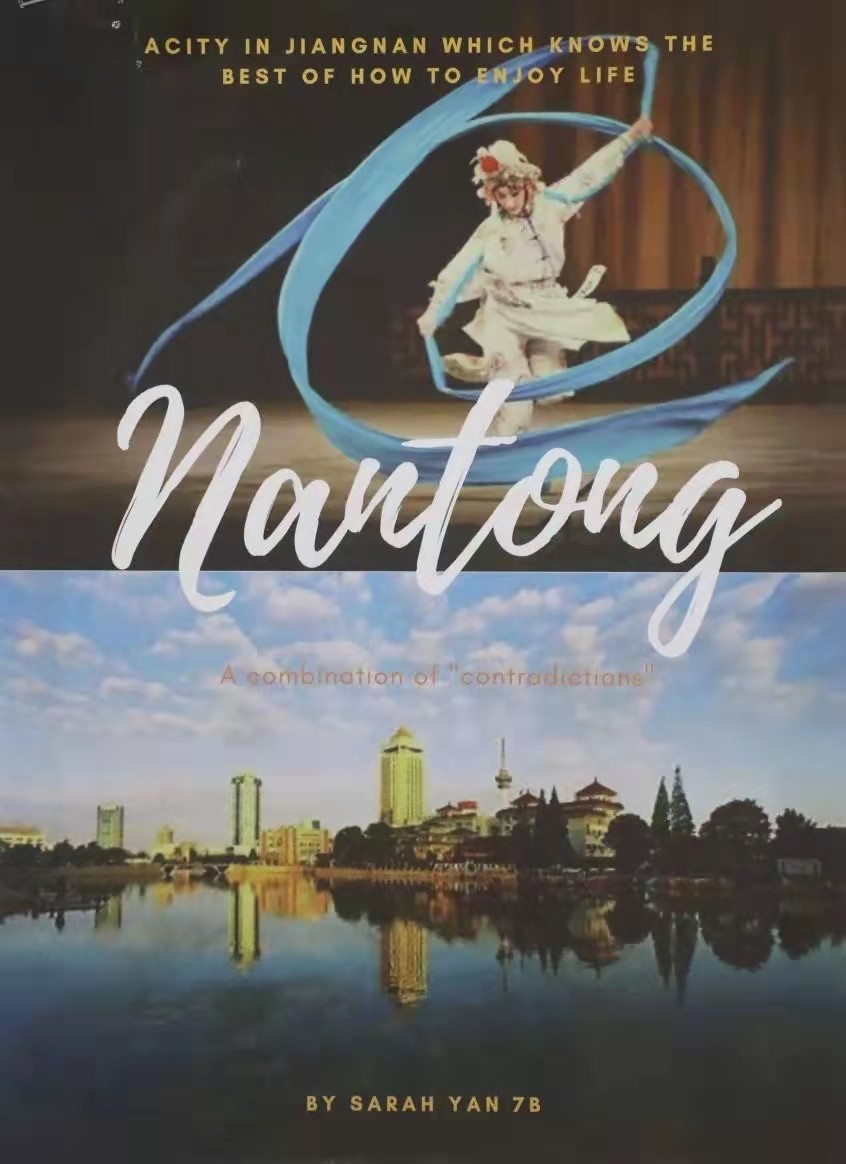
Chelsea Y7 |Xi’an
“It’s amazing that a city that can have so much modern and old culture.”
——Chelsea Y7
Chelsea chose to work on a city she is unfamiliar with – Xi’an. As a culturally significant city with over 5000 years of history, Chelsea initially assumed that it would be a quiet place, but soon discovered that the city has a strong rock music culture. This spurred her interest in how the modern and the old collide, yet blend seamlessly together, in Xi’an. For the visual representation aspect of the project, Chelsea created a video, covering topics such as Xi’an’s long and vibrant history, religion in the city, art and contemporary music.
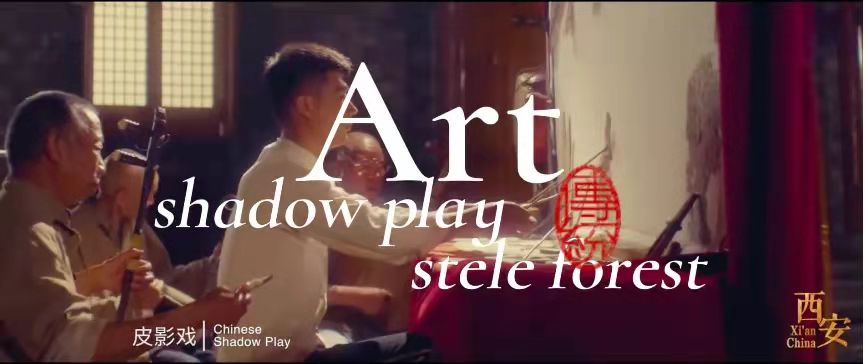
Chelsea is a member of Pao TV, so has had a little experience with working with video and could bring in the skills she had cultivated elsewhere. For the project, she researched the city using video sites and other website to collect information, and had to source video and photos as she had never been to Xi'an. After collecting and editing everything together, she narrated her own audio over the video.
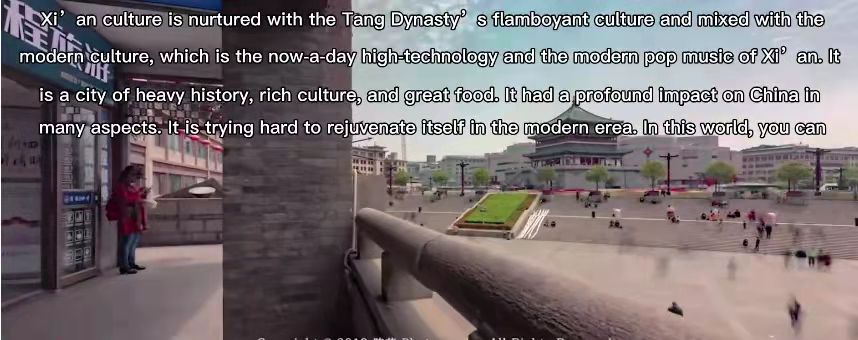
“In the audio passage I researched many things, so there were many words I didn’t know, and I needed to search them up.” Says Chelsea, who felt the most difficult aspect of the project was the voice recording. In addition to facing the challenge of naturally using new and advanced vocabulary, she found that the voice recording was longer that the video she had edited – prompting her to extend her video at the last minute.
Since joining the school in Year 6, she says she has had to adapt to a different way of learning and has had to learn how self-manage big projects – for example, rather than just an evening of standalone homework, the Culture Expose video took Chelsea three weeks to create. Through such work, she has learned new skills such as project management and the use of technologies to deliver the projects.
Steve Y7| Suzhou
Steve, like Chelsea, chose to produce a short video piece for his project – with a focus on Suzhou, Jiangsu province. Interestingly, Steve used traditional Chinese music performance as a way to demonstrate the differences in pronunciation between Suzhou dialect and Mandarin Chinese. Through listening to Steve’s renditions of traditional pingtan songs in Suzhou dialect, even those who do not understand Chinese can learn about the distinct way people from the region speak. In order to explain more deeply, he also harnessed his language skills to add narration and written notes in English to the video to explain and delve into the differences between the dialects.
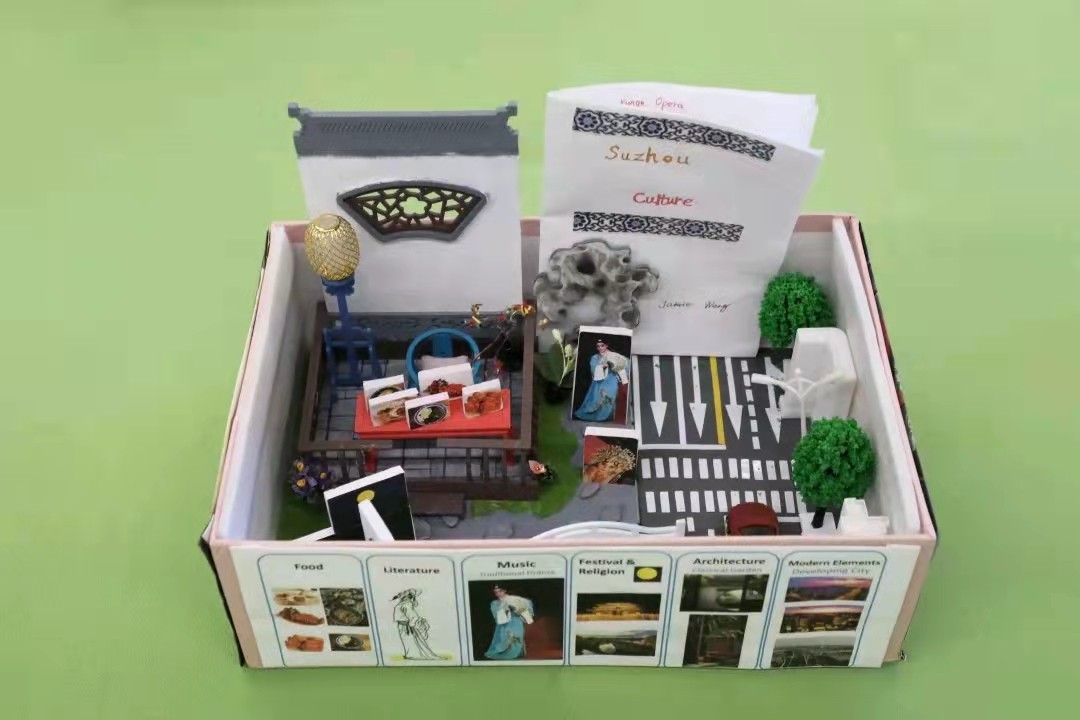
Project by Jamie (Y7)
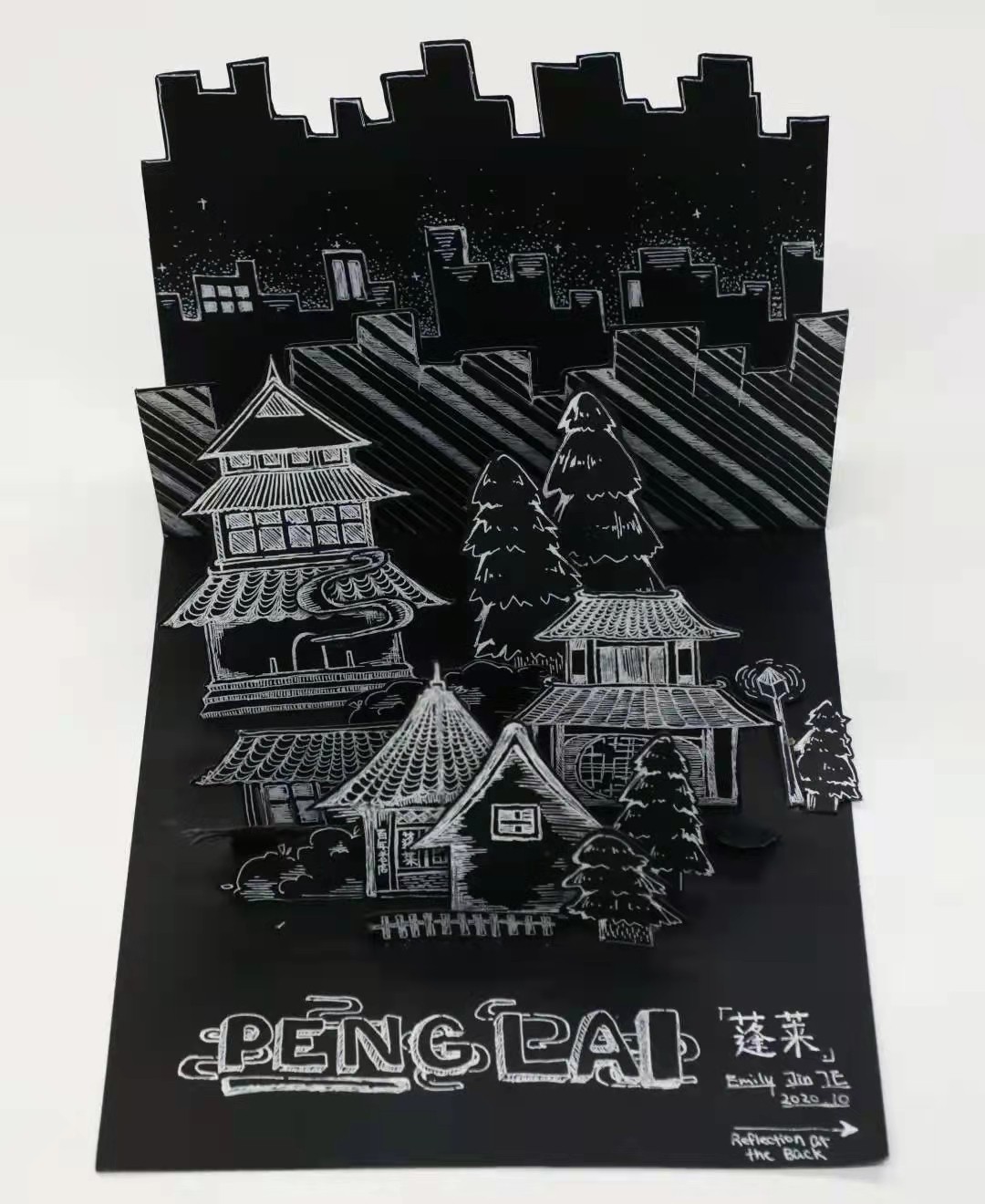
Project by Emily (Y7)
*Thanks to Year 7 Angelo's mum and Year 8 Atom's mum for contributing photos to this article